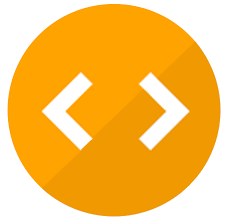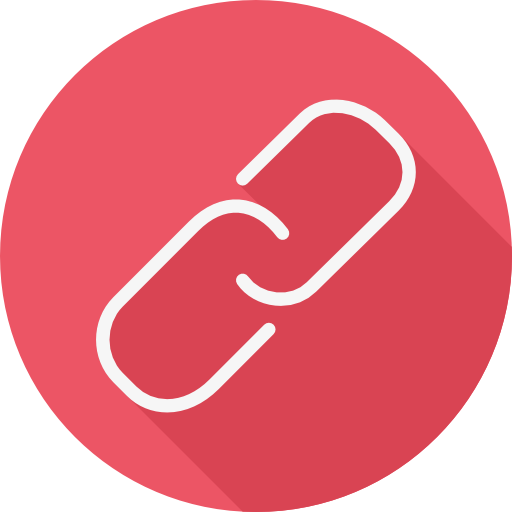Check nearby libraries
Buy this book

The goal of discriminative sequence learning is to learn how to classify items that can be arranged in a sequence. Many models have been proposed including logistic regression, the maximum entropy Markov model, the conditional random field, the input output Markov model, the hidden random field, and template models based on restricted Boltzmann machines. These models differ along several dimensions: whether they can be represented by a directed graphical model or an undirected one, whether or not they are chain structured, whether or not they are fully observed models, and whether or not they can incorporate knowledge about larger scale label structures. In this work, we compare these models on several synthetic problems and on a larger information extraction task.
Check nearby libraries
Buy this book

| Edition | Availability |
|---|---|
| 1 |
aaaa
|
Book Details
Edition Notes
Source: Masters Abstracts International, Volume: 44-02, page: 0946.
Advisor: Richard Zemel.
Thesis (M.Sc.)--University of Toronto, 2005.
Electronic version licensed for access by U. of T. users.
GERSTEIN MICROTEXT copy on microfiche (2 microfiches).
The Physical Object
Edition Identifiers
Work Identifiers
Community Reviews (0)
| January 24, 2010 | Edited by WorkBot | add more information to works |
| December 11, 2009 | Created by WorkBot | add works page |






